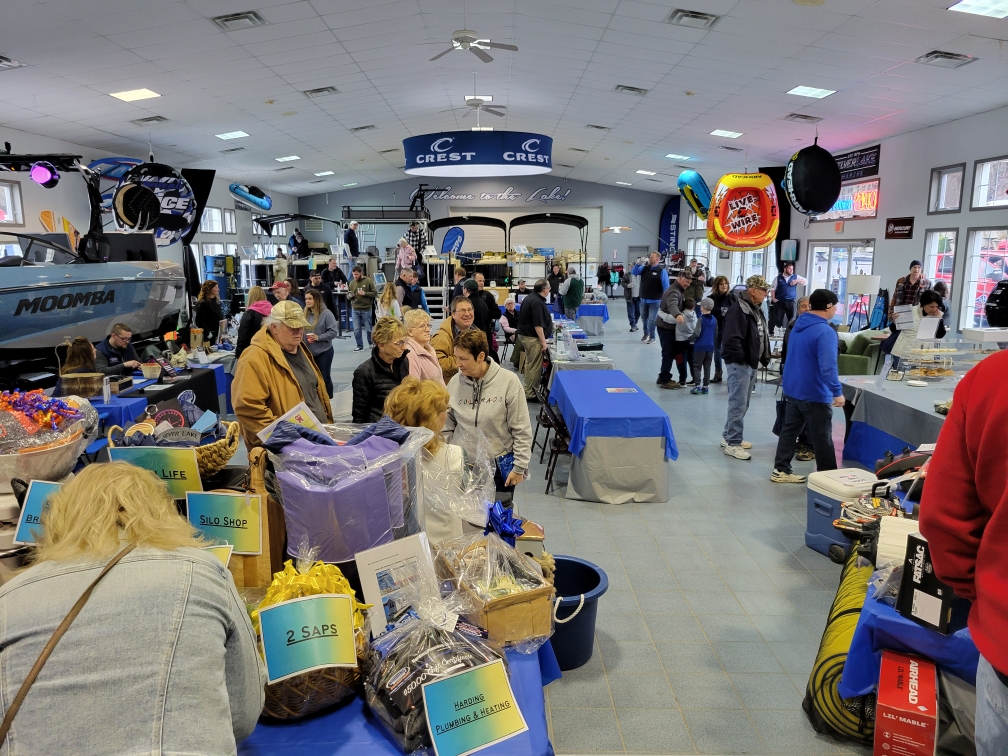I had a good time at Silver Lake Marine’s Lake Life Celebration last Saturday. I wasn’t sure how the turnout would be due to the cold, windy weather, but it was very good. The area around Perry and Mount Morris really has the best characteristics of small-town America – lots of nice, down-to-earth people and a great sense of community. I was pleasantly surprised to see Jeff Harter there, whom I had met at the Rochester Boat Show. He’s the Dealer Account Manager of the Aluminum Boat Group for the Brunswick Corporation. Crestliners have become very popular boats in New York State and his dealers do a great job making his job easy. There are no major changes upcoming in the Crestliner boat lines. We’ll be seeing some more consolidation – that’s about it.
State Park Police were there from Letchworth State Park along with one of the Park Managers. I never realized that Letchworth State Park was 17 miles long! It’s a great park and if you’re in the area, it’s well worth a visit. That’s another reason to check out Silver Lake Marine – you’re a very short drive away from one of the top State Parks in NY. There’s a gorgeous set of waterfalls on the Genesee River over there, along with a swimming pool and other attractions.
There was some live entertainment, a food truck, ice-cream truck and some terrific baked goods, along with some of the area breweries and businesses. Silver Lake Marine has some nice Crestliners in stock if you’re looking for a boat. They are also a Mercury and Yamaha dealer if you’re looking for a motor.
I had a chance to meet some area anglers and got caught up on Conesus Lake fishing from one of them. By the way, NYS Operations still hasn’t put the docks in at the State Launch at Silver Lake, so a lot of the fish have been left alone. (Keep in mind that it’s very likely that docks may still be out for many state launches.) The lack of easy lake access (due to the docks being out) along with the very limited ice-fishing season, should make for some good crappie and northern pike fishing in Silver Lake this spring/summer.
I still have some openings in April. This Thursday and Friday remain open, along with Sunday. The weather forecasts are calling for some rain later this week and then highs around 49 on Sunday. April 23rd through the 26th are open as is Saturday the 28th, then we’re into May.
Enjoying the day downstairs in the showroom - the service area also had activities going on. SLM was even running "shuttles" between the two areas!




